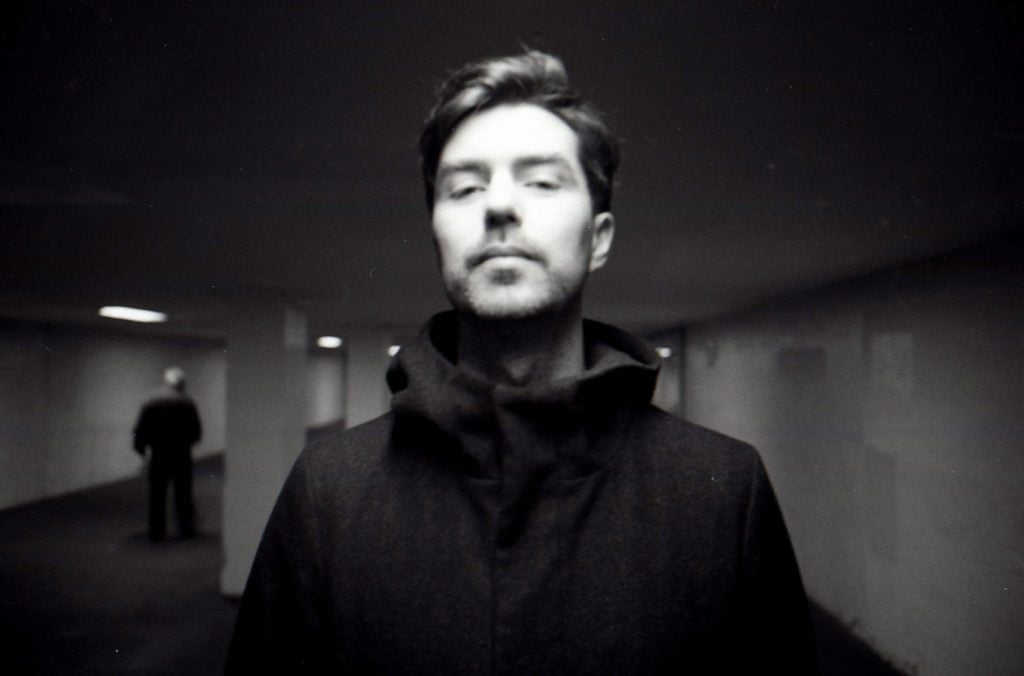“I sent sounds and performances from my computer into the room where they would come through a speaker, making the room reverberate, which would then be picked up by a room mic, the cable of which would bring this sound to my mixing board, from where it would return to the computer, where I would combine the rooms acoustics with the source sound.“
I’d generally do a certain amount of subtractive eq on my computer when sending the sound into the room, then on my mixing board when the sound came back to me, and also on the computer again when fitting it into the entire mix. These are two pictures of the room, each from opposite angles.


Those of you who do not have the space or means to have a live room built, can certainly use a bathroom for the same purpose. You’d be surprised how much you can tune a room by creative application of subtractive eq.
One room technique I used from time to time, was to send a recorded performance backwards into the room, record what the room did, then flip that around backwards, and place it slightly before the source sound, exactly positioned so that the highest volume of backwards reverberation ends exactly when the source sound begins. This created the effect of the sound seeming to come from the room, rather than the room sound coming from the source sound; the reverse of natures laws which govern acoustics.
I also did this same thing with my AMS digital reverb, the only other source of reverb I used on the record. A good example of this is the tune Techniques And Shockwaves, where midway into the song, the only drums are just a series of tom hits which are all preceded by a long backwards reverb, as if each sound was coming from thin air; a natural, forwards reverb then follows.
Due to years of experience with my live room, I was also in the habit of making imitations of room sounds from outer space, by triggering modular synth patches with the attacks of a kick or snare performance, often then sending these sounds into the live room as well. This made for some huge sounding drums in the places I did it.
I’m very proud of this music, and think it works very well as an instrumental album, though it wasn’t intended to be one. There’s a lot going on in these tracks that gets virtually lost on the original vocal versions.
My thanks goes out to Crisis, Monk, and the other vocalists for doing the performances which inspired me to mute and unmute tracks in the specific ways I did. That’s their hidden contribution to The Almighty Instrumental Mixes. It has resulted in some very interesting instrumental song arrangements.
This stuff was recorded throughout the first half of 2013. As always during the last 9 years, I made this music to learn, and because it was what I wanted to hear. I wanted to hear slow grooves, and explore the different kinds of subtle off-timeness which make grooves flow in different ways. For several years prior to this I’d been very busy on the drums, making them a lead instrument, and so here I avoided playing super fast or extremely off-time, or doing excessively odd time signatures, partly out of musical consideration for the other vocalists, but mainly because I just didn’t want to show off on drums at that time. Now, however… – John Frusciante
? ➡ Frusciante Moog ⬅
IIIIMoogIIII on YouTube ►► http://goo.gl/8DgIkJ

















